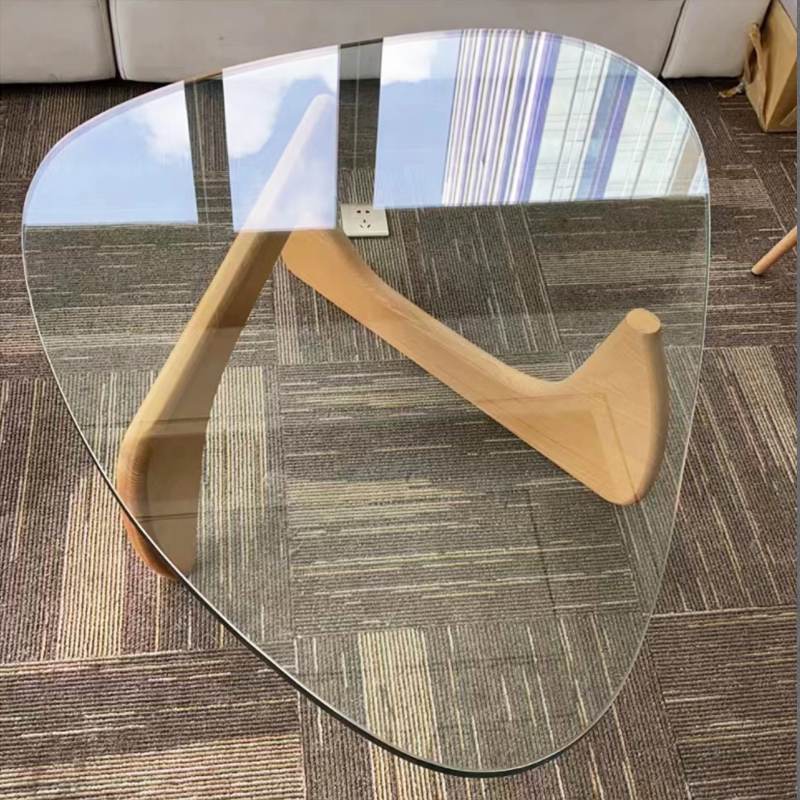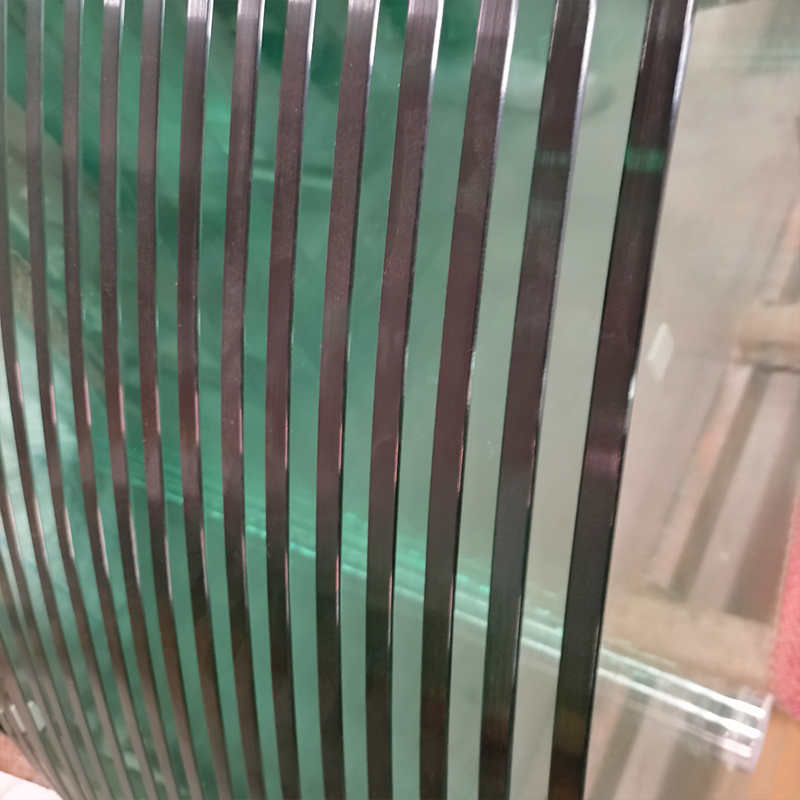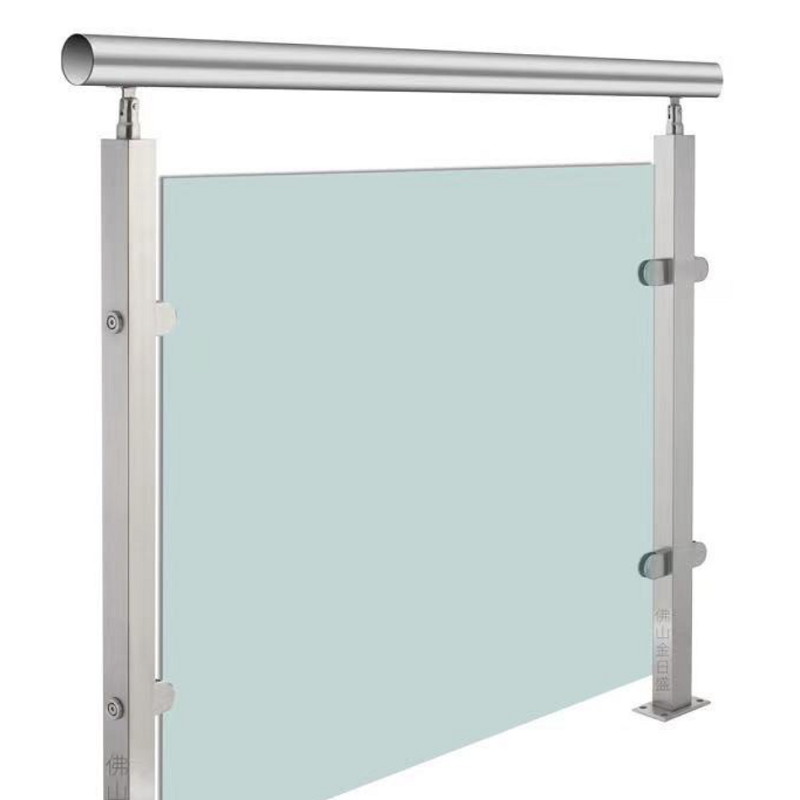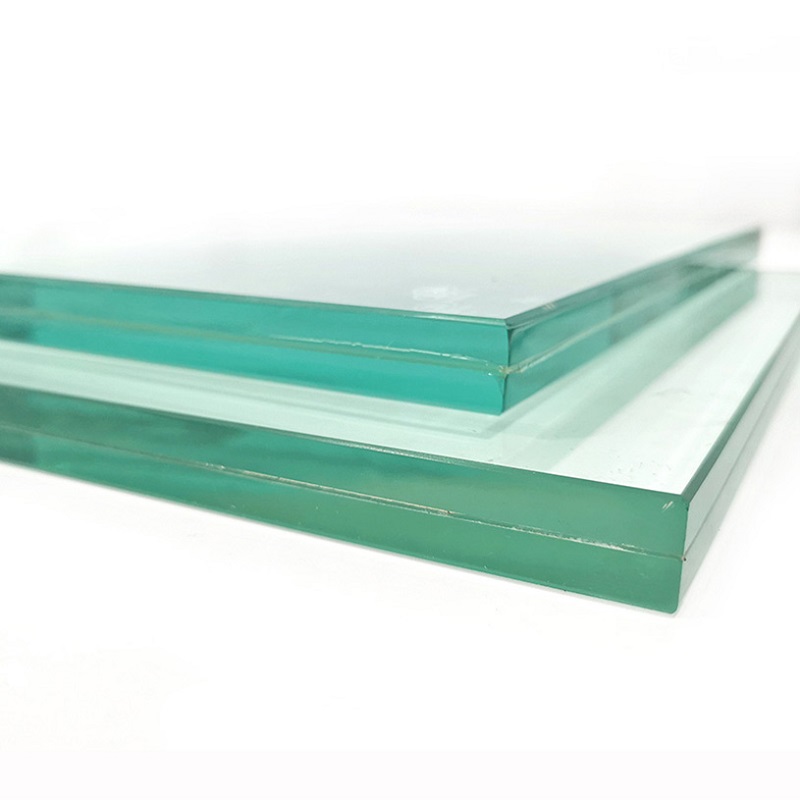A Guide to Tabletop and Window Glass Thickness: How to Choose the Best Glass for Different Home Scenarios

In modern home décor and construction, glass serves as a material that seamlessly blends functionality and aesthetics, playing an increasingly vital role in our living spaces. From window glass that provides protection from the elements while allowing natural light to enter, to tabletop glass that becomes a striking centerpiece in interior design, different applications demand distinct properties—especially thickness. Selecting the appropriate thickness is not merely about appearance; it is crucial for ensuring safety, stability, and durability. This article explores the recommended thicknesses for tabletop glass and ordinary window glass, examining the underlying reasons for these standards.
1. Core Differences: How Function Influences Thickness
Although both are forms of glass, window glass and tabletop glass fulfill completely different roles. This functional divergence is the primary factor dictating their respective thickness requirements.
Window Glass: Its main purposes include light transmission, ventilation, thermal insulation, sound reduction, and protection against wind, rain, and other external factors. It bears minimal structural load—mainly resisting wind pressure, occasional minor impacts, and thermal stress. Thus, the thickness of window glass is generally determined by the size of the windowpane and its elevation above ground level.
Tabletop Glass: Its key functions are load-bearing, scratch resistance, impact resistance, and visual appeal. It must reliably support tableware, food, and sometimes even the weight of a person’s arms, all while resisting daily wear and tear. As a result, the choice of thickness for tabletop glass is driven largely by structural integrity and safety.
Understanding this fundamental distinction helps clarify the specific thickness guidelines discussed below.

2. Thickness Guidelines and Analysis for Tabletop Glass
Choosing the right thickness for tabletop glass is essential for creating a safe, long-lasting, and attractive surface. Glass that is too thin may be prone to breaking, while excessively thick glass can be unnecessarily costly and visually overpowering.
1. Recommended Thickness Range:
Absolute Minimum: 8 mm
This is the lowest acceptable thickness for any form of tabletop glass, and even then, it should only be used for very small accent tables or decorative pieces with negligible load-bearing requirements. For functional dining tables, glass thinner than 8 mm is not advisable.Standard and Ideal Thickness: 10 mm – 12 mm
This range is currently the most popular and safest for everyday use.10 mm: Suitable for small to medium-sized tables (e.g., under 1.5 meters in length) where the glass is fully supported by a sturdy, continuous base. This thickness offers good stability and a reasonable sense of security.
12 mm: This is the highly recommended ideal thickness for most dining tables (approximately 1.6 to 2.2 meters long). Glass that is 12 mm thick provides excellent resistance to bending and impact, significantly reducing flexing or vibration—even when part of the tabletop is unsupported—making it feel solid and secure.
Premium and Luxury Thickness: 15 mm – 19 mm or More
These thicker variants are used for large dining tables, kitchen islands, or high-end applications where exceptional sturdiness and a luxury feel are desired. While ultra-thick tabletop glass delivers unmatched solidity and elegance, it is extremely heavy (e.g., a 1.8 m table with 19 mm glass can exceed 100 kg) and requires an exceptionally robust support structure. It is also considerably more expensive.
2. Factors to Consider When Selecting Thickness:
Size and Shape of the Tabletop: Larger surfaces or designs with significant overhangs require thicker glass to prevent sagging or cracking. Circular tabletops distribute stress more evenly than rectangular ones and may allow for slightly thinner glass.
Base Support Structure: If the tabletop glass rests on a solid, continuous base (such as a wooden platform), the support is distributed across the entire surface, reducing the demand on the glass itself. If the glass is supported only at certain points (e.g., by legs at the corners), a greater thickness is necessary to avoid deflection or failure.
Edge Finishing: The edges of tabletop glass must be ground and polished. This not only enhances appearance and prevents cuts but also removes microscopic flaws that could become points of stress concentration, lowering the risk of breakage.
Type of Glass: It is strongly advised to use tempered glass. Tempered glass is 3 to 5 times stronger than regular annealed glass and, if broken, shatters into small, blunt fragments rather than sharp shards, greatly improving safety. All thickness recommendations above assume the use of tempered glass.
3. Standard Thickness of Ordinary Window Glass
The selection of thickness for ordinary window glass is guided by well-established engineering standards, related mainly to the size of the glass pane and the maximum wind load (determined by building height and location).
1. Common Thicknesses and Typical Uses:
3 mm – 4 mm: Found in older window designs or very small panes such as in cabinet doors or transom windows. Rarely used in modern primary windows.
5 mm: Commonly used in residential windows with relatively small dimensions (e.g., sashes less than 1 meter wide). A cost-effective and widely available option.
6 mm: The most common standard thickness for contemporary residential window glass. Appropriate for most standard windows, with single-pane areas between 1 m² and 2.5 m². It offers a good balance of stability, insulation, and noise reduction.
8 mm – 10 mm or Thicker: Typically reserved for large panoramic windows, balcony glazing, curtain walls, or big divided lites in low-rise buildings. These thicknesses help counteract substantial wind pressure, minimizing vibration and distortion.
Laminated or Insulated Glass Units: Modern windows often incorporate multi-pane configurations for better performance. For example, an insulated unit marked “5+9A+5” consists of two 5 mm glass sheets separated by a 9 mm air gap. The thickness here refers to each individual pane. In safety-critical applications (e.g., large windows or overhead glazing), laminated glass (e.g., 6 mm + 0.76 mm PVB interlayer + 6 mm) is used; it holds together even when broken, preventing injury from falling fragments.
2. Selection Considerations:
Pane Size and Wind Load: These are the key engineering factors. Manufacturers use building codes and specialized software to determine the optimal glass thickness for a given window size and location.
Energy Efficiency and Acoustics: Enhancing performance usually involves increasing the air gap in insulated units or applying special coatings (e.g., Low-E), rather than simply using thicker monolithic glass.
Safety: For windows near walkways, at lower levels, or in vulnerable locations, laminated or tempered glass is recommended to reduce breakage risk and prevent injury.

4. Summary and Comparison
The analysis above highlights the clear differences in thickness selection between tabletop glass and window glass:
Function-Driven Specifications: The thickness of window glass is determined mainly by physical dimensions and environmental loads (e.g., wind pressure)—an engineering decision. In contrast, the thickness of tabletop glass is chosen based on load-bearing needs and perceived safety—a blend of structural and aesthetic considerations.
Threshold Differences: The starting thickness for tabletop glass (usually 10 mm) is much greater than for ordinary window glass (often 5 mm), because tabletops must endure concentrated dynamic loads and point impacts.
Safety Strategies: For window glass, safety is enhanced through material choices like tempering or lamination. For tabletop glass, safety is achieved primarily through adequate thickness combined with tempering; the heft of thick glass itself contributes to a feeling of security.
Therefore, when selecting glass for home applications, it is important to apply the correct standards. Assuming that window glass of a certain thickness is suitable for a tabletop can lead to dangerous failures. Conversely, using tabletop-grade thickness for windows would be inefficient and wasteful.Therefore, when selecting glass for home applications, it is important to apply the correct standards. Assuming that window glass of a certain thickness is suitable for a tabletop can lead to dangerous failures. Conversely, using tabletop-grade thickness for windows would be inefficient and wasteful.
In conclusion, a thickness of 12 mm is an excellent choice for tabletop glass, offering an ideal balance of safety, elegance, and value. For household window glass, 5 mm or 6 mm tempered insulating glass is typically sufficient, providing effective performance within standard building guidelines. By respecting the unique properties and requirements of each application, we can use glass to its fullest potential, enhancing both the functionality and beauty of our spaces.
tabletop glasstabletop glasstabletop glasstabletop glasswindow glasswindow glasswindow glasswindow glasswindow glasswindow glasswindow glasswindow glass





